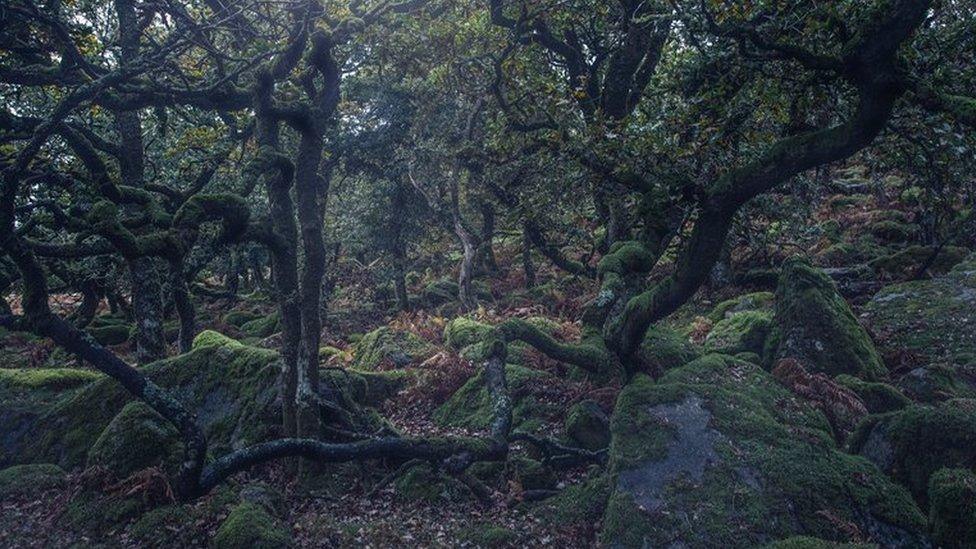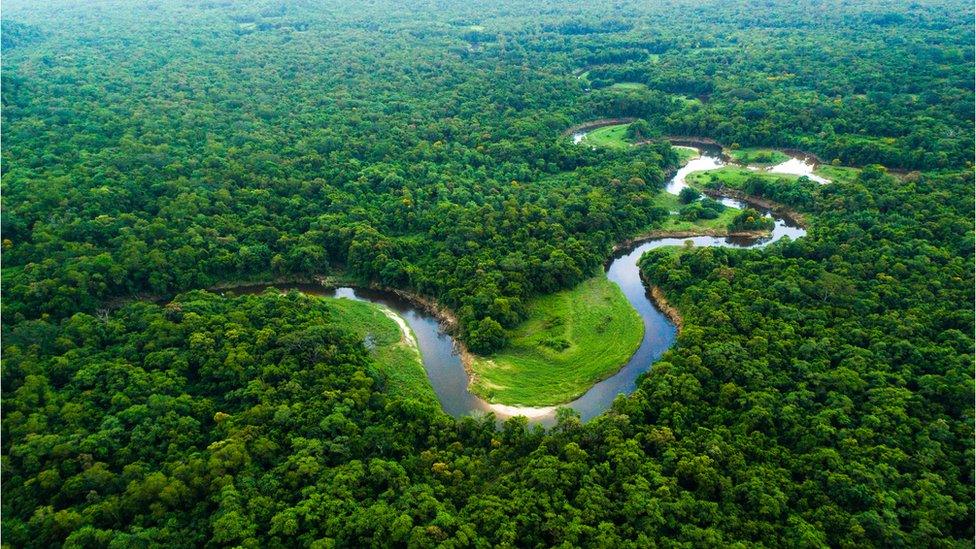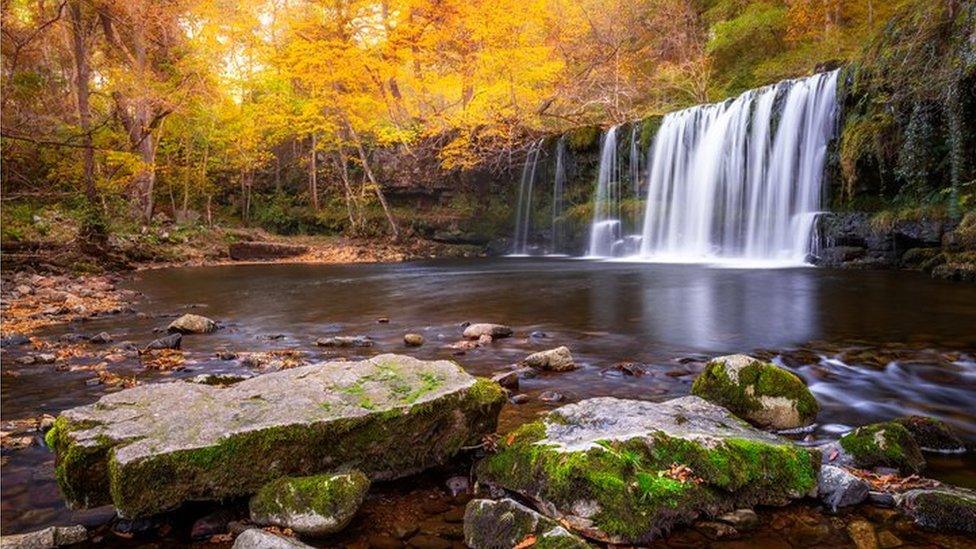UK rainforest: Lost ecosystem could be brought back across the country
- Published
- comments

When you think of rainforests, you might think of the Amazon or other tropical places around the world.
But, did you know that rainforests can also exist much closer to home - even here in the UK!
Temperate rainforests used to cover many parts of the country, but have been cleared over thousands of years and can only now be found in small areas along western coastlines of England, Wales and Scotland.
However, a new study has reveals that lost rainforest could be brought back across 20% of Great Britain.
What did scientists find?

Rainforests can be either temperate or tropical, like here in the Amazon
There are two types of rainforests - temperate rainforests and tropical rainforests.
The UK's wet, humid and mild climate meant that temperate rainforests once covered most of the west coasts of the country.
The weather provided a moisture-rich environment which meant that this ancient habitat could thrive, but centuries of deforestation has resulted in only 1% of the land now being covered in rainforest.
Pockets of temperate rainforest can still be found in places such as the Brecon Beacons in Wales and Dartmoor National Park in Devon.
Now there's been new research from a group called Lost Rainforests of Britain, which explores and campaigns to restore the rare ecosystems.
According to them, around 20% of Britain today has a climate which is sufficiently rainy and mild for temperate rainforest to thrive.
'Take inspiration'

Temperate rainforest can be found in parts of the Brecon Beacons in Wales
Large parts of Cornwall, western Scotland and even places further inland such as Manchester have the right climate which expert believe could become potential rainforest areas in the future.
Environment campaigners are now calling for protection and careful tree-planting to help restore these areas across the UK.
Guy Shrubsole, who runs the Lost Rainforests of Britain campaign, told the Guardian newspaper that the temperate rainforest area in Britain could double in size within a generation if it was allowed to naturally regenerate.
He said: "I think that's something we need to take inspiration from and look to the past to think about what we need to be bringing back in future.
"I don't necessarily think we could cover all of the 20%. But I do think we could allow those existing fragments that we have identified to expand in size," he added.
